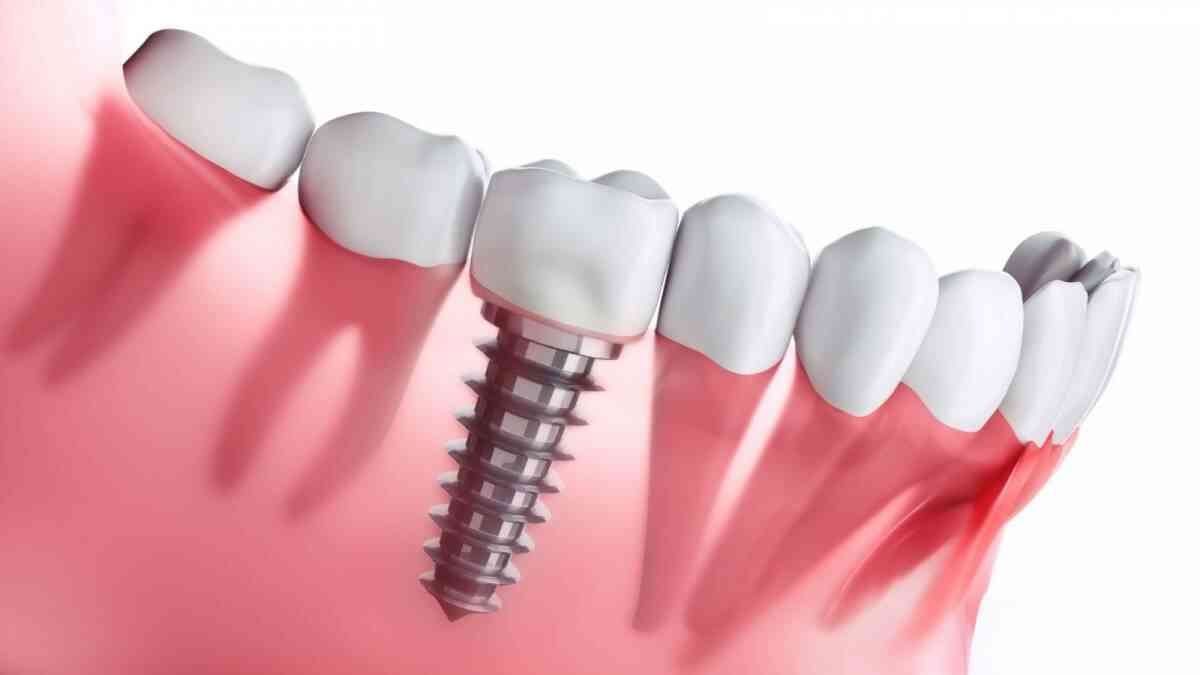Types Of Dental Implants: How To Choose The Best One For You
- - Category: Dental Care
- - 01 Aug, 2022
- - Views: 116
- Save

One of the most satisfactory, safest & long-lasting options for replacing a missing tooth dental implants have become a
Introduction to Dental Implants
One of the most satisfactory, safest & long-lasting options for replacing a missing tooth dental implants have become a go-to treatment for complete restoration.
Dental implants not only deliver a complete tooth replacement in the form of artificial roots, but they also restore the full function of the mouth and help to stop jawbone loss.
Created from pure titanium, implants are rather small in size to allow them to fit into the bone under the gum and function like regular tooth roots.
A molded and customized crown is placed on top of the implant after the implant has healed to complete the procedure and provide a natural look.
In this article, we will discuss the types of dental implants to help you make a more informed decision when it comes to tooth restoration.
Types of Dental Implants
Dental implants are primarily of two types:
- Endosteal Implants
- Subperiosteal Implants
Endosteal Implants
Endosteal Implants are typically the most used type of dental implant and are suitable for most patients.
However, a reasonably strong jawline for the post to integrate with is a prerequisite. They are sometimes also used as a substitute for a bridge or a removable denture.
They can be of various types like:
- Screw types (threaded)
- Cylinder types (smooth)
- Bladed types.
The type of dental implant that would work best for a particular person is decided by a dentist after a complete examination and a few imaging tests.
Endosteal implants are the most popular choice used today as they are deemed to be the safest and most effective for the purpose.
Endosteal Implant Treatment
Procedure: Placeholder posts made of titanium that are inserted into the jaw after drilling into the jawbone, Endosteal implants are shaped like a screw and act as an artificial root.
After the procedure, some time is taken for the soft tissue and bone to heal around the root, and to fuse with the jawbone to create a stronghold for the crown to rest upon and perform the normal function of the teeth.
Upon healing, the false teeth are put on top of the post or abutment to match with the surrounding teeth.
The healing period can sometimes take up to a couple of months or more.
Stability: Endosteal Implants are reputed to provide one of the most reliable, durable and natural-looking results.

